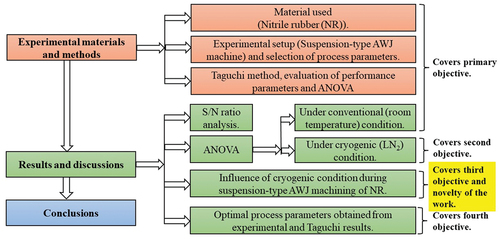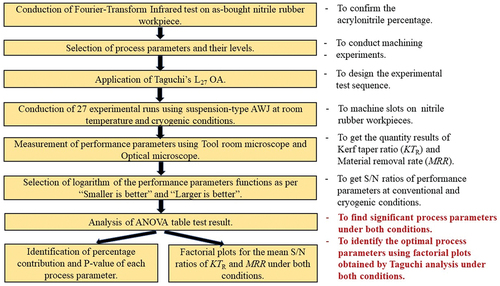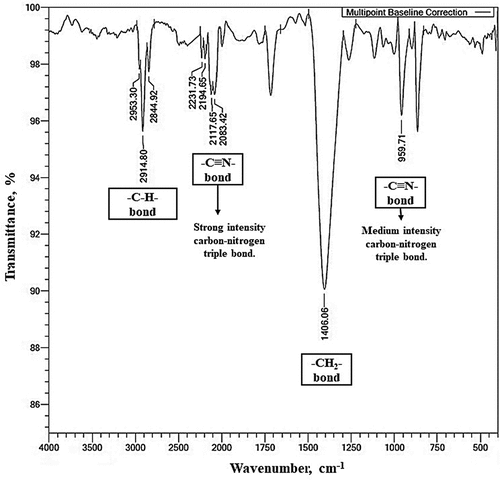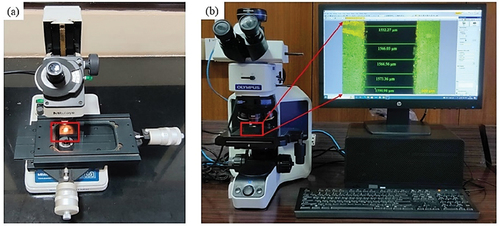Figures & data
Figure 4. (a) Schematic of cryogenic setup and (b) photograph of the custom-made suspension-type AWJ machine setup, along with the cryogenic setup.
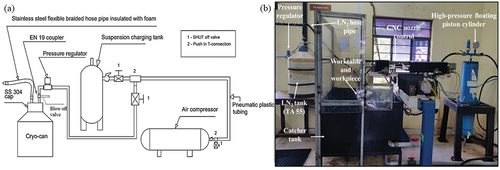
Figure 5. Photographs of (a) machined NR under conventional condition, (b) machined NR under cryogenic condition, and (c) temperature measurement using an infrared thermometer gun during and immediately after the machining under cryogenic conditions.
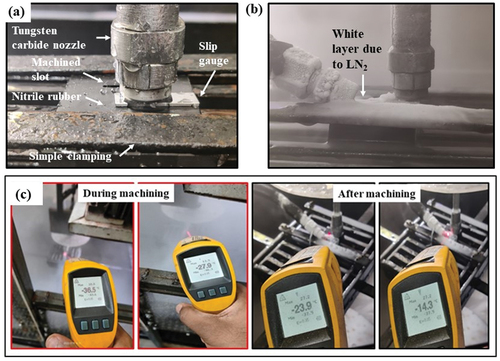
Table 1. Fixed process parameters during the suspension-type AWJ machining of NR
Table 2. Variable process parameters during the suspension-type AWJ machining of NR
Table 3. Performance parameters and S/N ratios of KTR and MRR under conventional and cryogenic conditions
Table 4. ANOVA results for KTR and MRR under conventional and cryogenic conditions
Figure 7. Factorial effects plots for the mean of S/N ratios of (a) KTR and (b) MRR under the conventional condition.
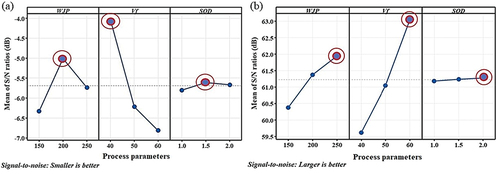
Table 5. Response table for the mean of S/N ratios for KTR (smaller is better) and MRR (larger is better) under conventional and cryogenic conditions
Figure 8. Factorial effects plots for the mean of S/N ratios of (a) KTR and (b) MRR under cryogenic condition.
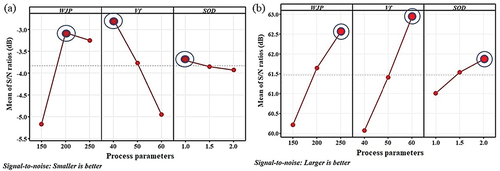
Table 6. Consolidated optimal parameters of the suspension-type AWJ machining of NR, obtained from the experimental runs of Table
Table 7. Percentage reduction and improvement in the optimal experimental result of KTR and MRR in cryogenic over conventional suspension-type AWJ machining of NR
Table 8. Predicted optimal levels of the suspension-type AWJ machining of NR obtained from Taguchi analysis

